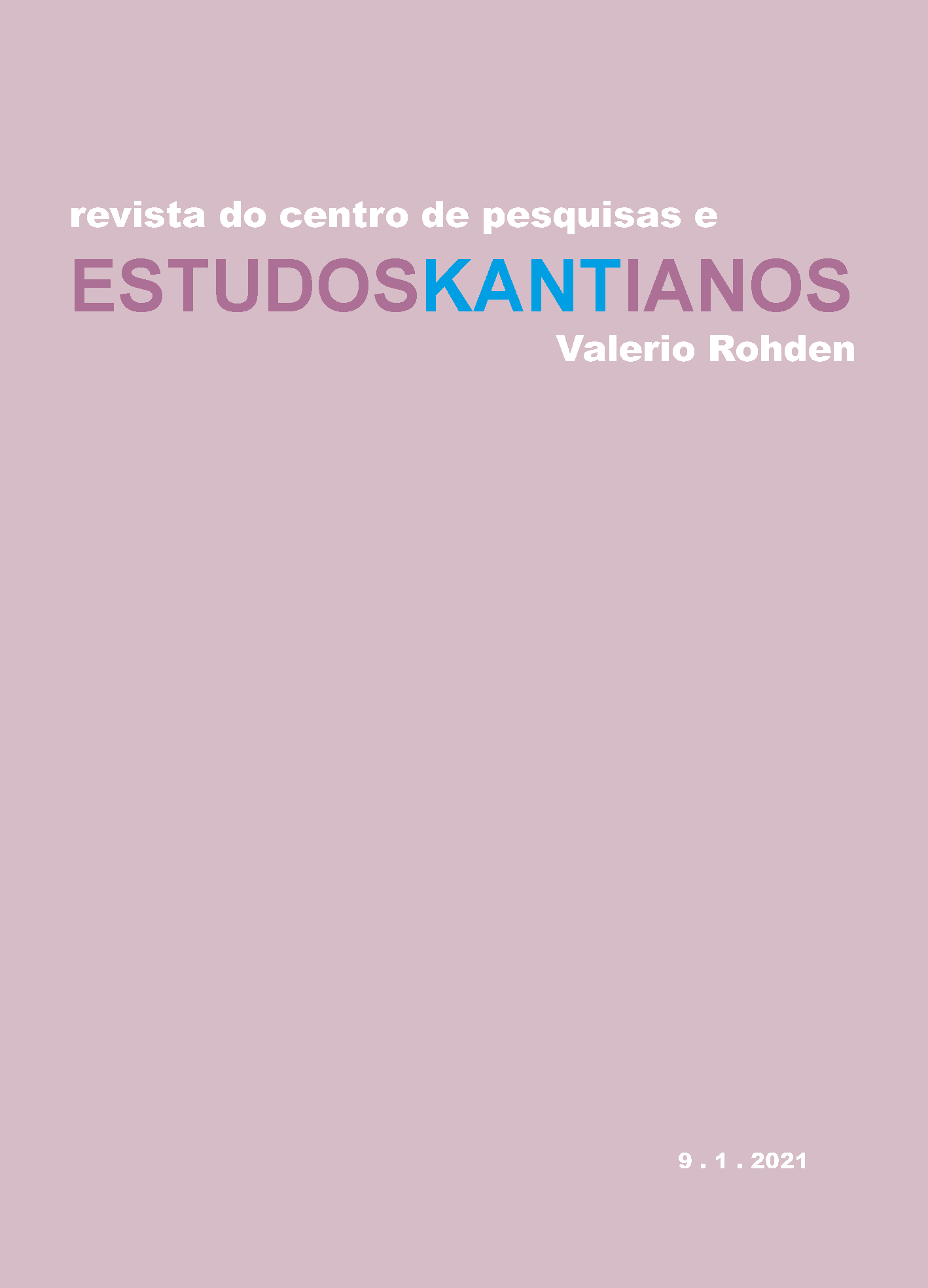Sensibility First
How to Interpret Kant’s Theoretical and Practical Philosophy
DOI:
https://doi.org/10.36311/2318-0501.2021.v9n1.p97Parole chiave:
Kant, theoretical philosophy, practical philosophy, sensibility, non-conceptualism, non-intellectualismAbstract
In the practical realm just as in the theoretical realm, everything comes down to human sensibility as an equally empirical and non-empirical primitive starting point that constitutively motivates, intentionally pervades, and intentionally structures our innately-specified yet also “human, all-too-human” capacities for theoretical and practical rationality, all the way up. Strong Kantian non-conceptualism says that according to Kant, the faculty of human intuition or Anschauung, that is, human inner and outer sense perception, together with the faculty of imagination or Einbildungskraft, jointly constitute this sensible starting point for objective cognition and theoretical reason; and Kantian non-intellectualism says that according to Kant, human affect, desire, and moral emotion—in a word, the human heart—jointly constitute this sensible starting point for free agency and practical reason. Conjoined, they provide what I call the Sensibility First approach, which, in a nutshell, says that human rationality flows from the groundedness of our discursive, intellectual, and embodiment-neutral powers in our sensible, non-intellectual, and essentially embodied powers, without in any way reducing the former to the latter. If I’m correct about all this, then the result is a sharply non-classical and unorthodox, hence “shocking,” nevertheless fully unified and textually defensible approach to Kant’s proto-Critical philosophy (i.e., from 1768 to 1772), Critical philosophy (i.e., from 1781 to 1787) and post-Critical philosophy (i.e., from the late 1780s to the late 1790s) that encompasses his theoretical philosophy and the practical philosophy alike.
Downloads
Dowloads
Pubblicato
Fascicolo
Sezione
Licenza
Copyright (c) 2021 Kantian Studies (EK)

Questo volume è pubblicato con la licenza Creative Commons Attribuzione 4.0 Internazionale.
![Estudos Kantianos [EK]](https://revistas.marilia.unesp.br/public/journals/16/pageHeaderLogoImage_pt_BR.png)



